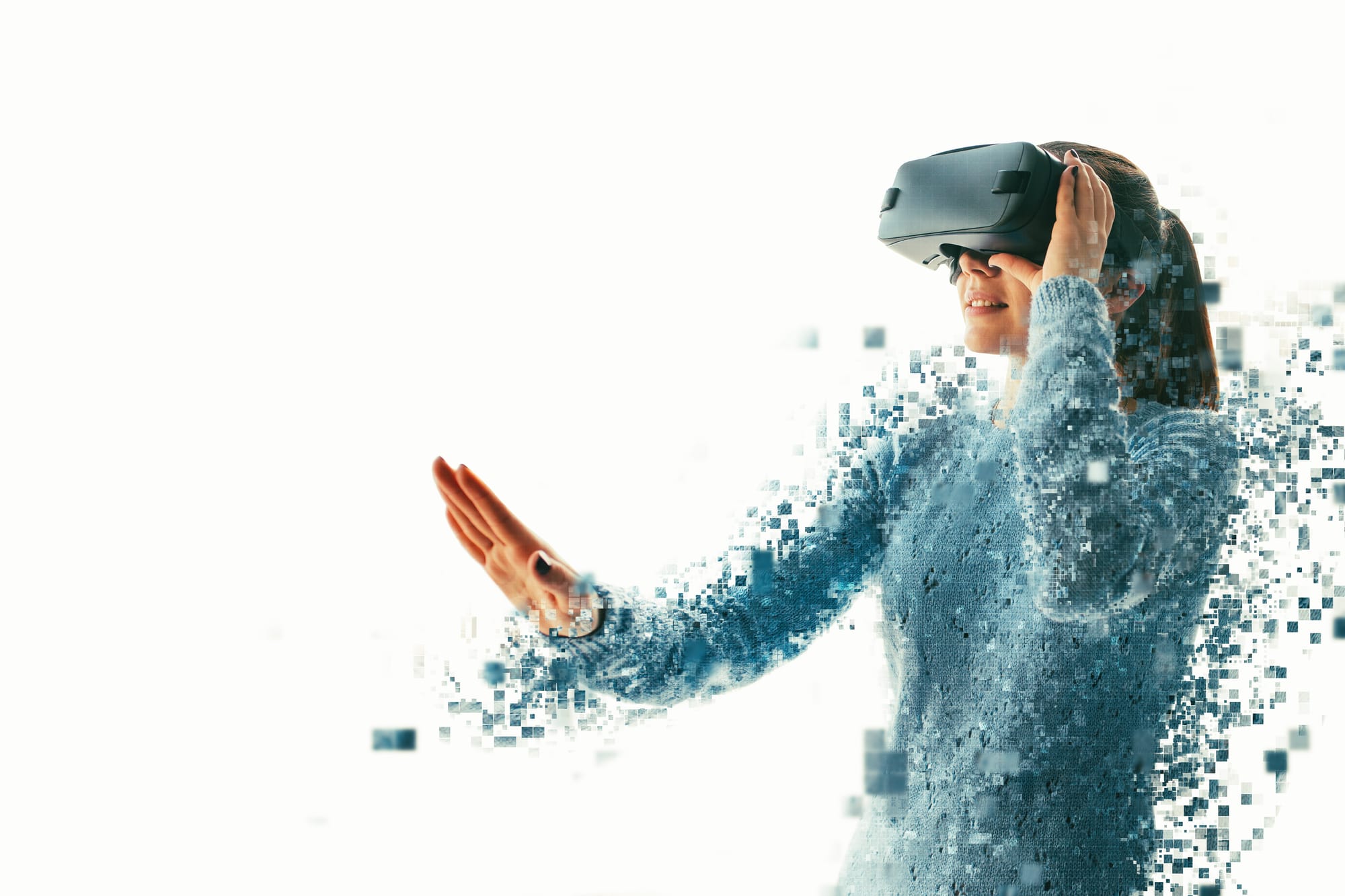
Learning Expeditions (or Learnex ) are more than just an immersive academic experience; they're powerful drivers of innovation. By exposing students to professional and creative environments, these expeditions place them in real-world situations, challenging them to solve complex problems, collaborate with experts, and explore new ideas. Here's how Learning Expeditions foster innovation in students, helping them develop skills and a fresh perspective.
1. Exposure to Innovative and Stimulating Environments
Learning Expeditions immerse students in contexts with high innovation potential, such as Silicon Valley or urban technology hubs. This immersion allows students to observe and participate in the creation and iteration processes used by leading companies and startups in their sectors. For example, during an expedition to San Francisco, participants interacted with technology and venture capital firms, providing them with unique insights into emerging trends and the challenges facing innovators.
2. Collaborative Working Methodologies to Stimulate Creativity
Learnex often incorporates collaborative work methods such as brainstorming, creative workshops, and team projects. These methodologies allow students to think outside the box and propose innovative solutions. By working together, they compare ideas, develop critical thinking skills, and learn to innovate by drawing inspiration from the diverse approaches of their teammates. A case study shows that co-creation workshops within Learning Expeditions significantly increase students' ability to consider original solutions and adopt new perspectives.
3. Development of Complex Problem Solving Skills
Field projects associated with Learning Expeditions often focus on solving real-world problems, challenging students to use their creativity to overcome challenges. For example, during projects with startups or NGOs, students must not only identify problems but also propose and test innovative solutions. This process develops their ability to think flexibly and adaptively—essential skills for innovation in a constantly changing world.
4. Encouragement of Initiative and Risk Taking
Learning Expeditions create a safe space for students to take risks and experiment without fear of failure. This risk tolerance fosters a culture of innovation, where students are encouraged to test new ideas and adjust their approaches. Teachers and supervisors play a crucial role in providing support while allowing students the autonomy to make their own choices. This support strengthens their confidence in their ability to innovate.
5. Application of Theories to Concrete Projects
Another exciting aspect of innovation in Learning Expeditions is the opportunity to apply theoretical concepts to real-world projects. Students integrate skills in project management, design thinking, and creative problem-solving. For example, in some programs, students create prototype solutions to problems identified in the field, allowing them to transform their ideas into concrete projects and see the direct impact of their innovation. This practical application of theory encourages ingenuity and the implementation of innovative solutions in real-world contexts.
6. Direct Access to Mentors and Sector Experts
During Learning Expeditions, students often have the opportunity to meet experts and mentors who share their expertise on innovation in their sector. These direct interactions allow students to better understand the specific challenges of each industry and gain advice on the most effective innovation strategies. Access to experienced professionals inspires students and gives them ideas they can incorporate into their own innovation projects.